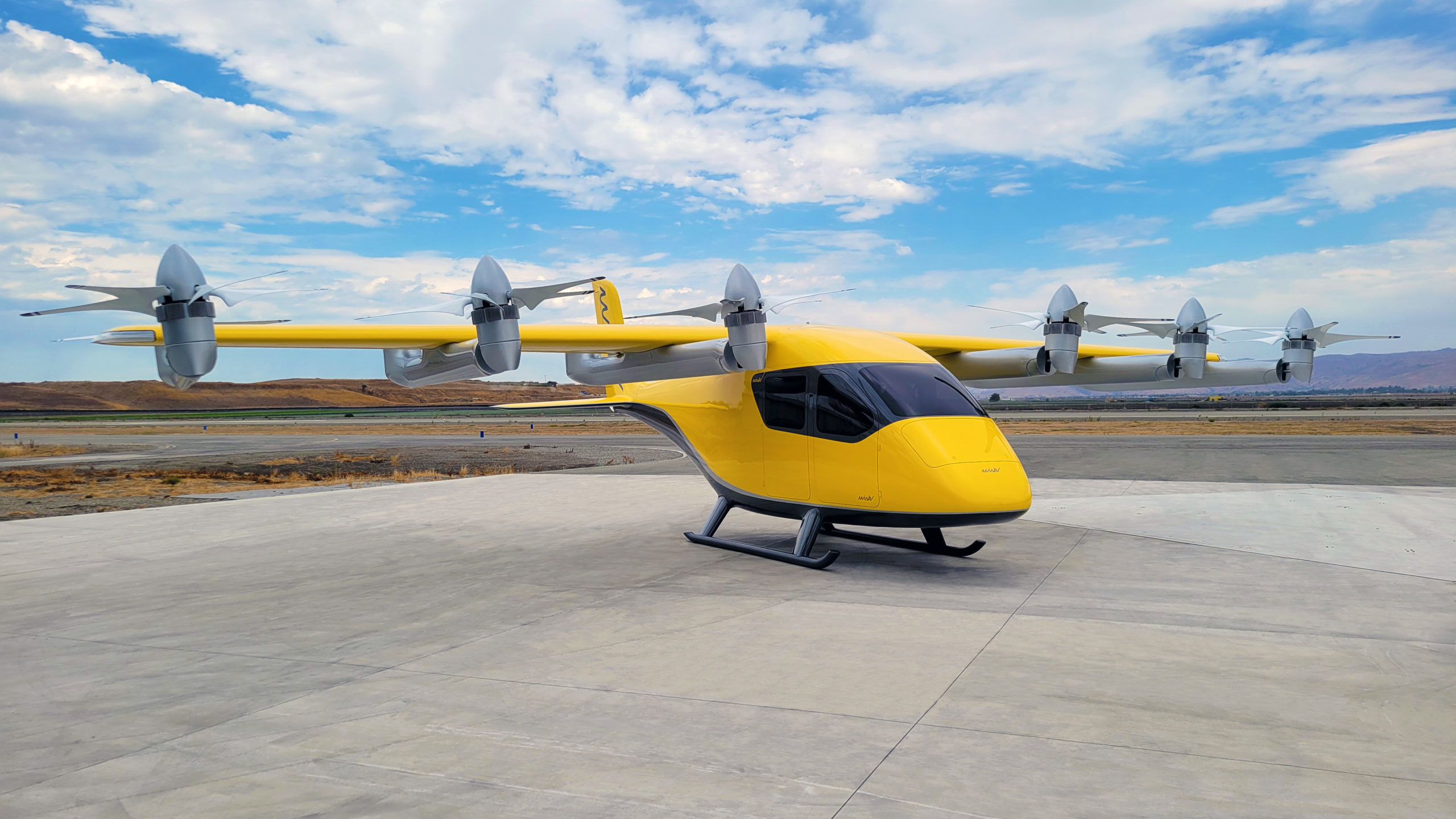Stay Up to Date
Submit your email address to receive the latest industry and Aerospace America news.
Wisk shares details of its nearly autonomous concept of operations
This article has been updated with new information about Wisk’s timeline to achieve regulatory approvals for commercial operations.
If you ask the head of autonomy at air taxi company Wisk what its aircraft’s cockpit controls will look like, be prepared for a slight correction in your assumptions.
“So the cockpit controls … there is no cockpit,” California-based Wisk’s Jon Lovegren tells me. “The screen that passengers in the front seat or back seats will see is not a pilot interface. That’s a passenger information screen, equivalent to what you’d see on the seatback in front of you on many airliners today.”
In fact, passengers will have no ability to intervene in an emergency or otherwise.
Wisk is at least unusual and possibly unique in the emerging electric air taxi industry in that it intends to go right to remotely piloted and largely autonomous aircraft. The company now believes it can earn the required FAA certificates for the design and operation of this aircraft in “the next several years,” after cautioning as recently as last year that such approvals may take five years to a decade. Competitors, including Joby Aviation or Beta Technologies, intend to start their air taxi services with a pilot on each aircraft, and eventually move toward more autonomy with remote pilots.
Wisk provided me with much more detail about how operations will work with Gen 6, the tiltrotor electric vertical takeoff and landing aircraft whose design it unveiled in October.
Wisk doesn’t use the word “pilot” to describe the staff who will monitor these eVTOLs remotely from the ground. It calls them “multivehicle supervisors,” and they will work in a center of operations. One of these supervisors can “potentially alter the flight or communicate with air traffic controllers,” Lovegren explains.
Lovegren emphasizes that Wisk is pioneering a totally new way of traveling locally.
“What we’re really proposing is a whole autonomous ConOp,” he says, meaning a concept of operations. “We’re proposing a new way of operating. It has new infrastructure, new types of infrastructure, different routes, different interactions with air traffic controllers.”
The multivehicle supervisor will not communicate with passengers except in extreme circumstances. Instead, Wisk will have remote hospitality agents, like flight attendants, talking to passengers about safety, weather or any issues that arise during flights, such as passenger medical problems.
Flight plans would anticipate skies that may be too crowded for safe flight and reroute through less busy areas, while sensors would detect other aircraft to prevent collisions, Lovegren says.
In the event of a problem like a bird strike knocking out one of the aircraft’s 12 rotors, Lovegren says software will take over to adjust the remaining rotors.
“A rotor could fail and passengers would never know,” he says. If the aircraft was damaged beyond the capability to keep flying, systems would command the closest safest landing.
Ultimately, such systems may help to prevent human pilot errors that have resulted in plane crashes, he said.
“We’re not deviating from aviation standards in terms of the level of rigor that we’re building this aircraft to, and that applies to even our higher level of autonomy functions,” Lovegren says.
Get the latest news about advanced air mobility delivered to your inbox every two weeks.
About paul brinkmann
Paul covers advanced air mobility, space launches and more for our website and the quarterly magazine. Paul joined us in 2022 and is based near Kennedy Space Center in Florida. He previously covered aerospace for United Press International and the Orlando Sentinel.
Related Posts
Stay Up to Date
Submit your email address to receive the latest industry and Aerospace America news.




